
Samer Mohdad--The Empty Quarter, Bedouin Tribe at Charourah, Saudi Arabia
While ethnographic photography is strictly speaking, photography used for scientific/anthropological purposes to identify characteristics of native types (often indigenous), it has taken on much broader meaning over the years. Today's collector of ethnographic photography simply looks for images of people native to the region dressed in the typical attire of that area. Some collect such images from particular geographic areas, such as Africa, India, China or Japan. Others collect the broader genre of ethnographic photography, preferring to focus on the images themselves. Some collect for special insight into the daily life of these subjects and cultures.
The beauty of some of the native costumes and jewelry, added to unusual tattoos, scarring and other body art offer intriguing and sometimes even horrifying views into the daily life of such societies.
Like Edward Curtis with the American Indian, many of the 19th-century and early 20th-century photographers offered a more biased view of their subjects--some glorifying them and others denigrating them. Photographers later came to offer more realistic portraits of their subject, especially as the world shrank and comparative images could be placed against more stilted photographs.
Some photographs are simple and straightforward, others more elaborate. Each has its own appeal. Portraits which focus just on the subject can be a learning experience, but placing people in context also can be helpful to understand their culture and ways. The advent of photojournalism, beginning in the 1930s, sparked a somewhat more realistic viewpoint.
Many famous names have photographed along these lines, including Irving Penn, Richard Avedon, Henri Cartier-Bresson, Marc Riboud, Eduoard Boubat, Pierre Verger (who first photographed Africa and then Central and South America), Therese Le Prat, Laure Albin-Guillot, Eugene Harris, Fritz Henle and many others.
One might say that such photography culminated in the Edward Steichen exhibition, "The Family of Man", where some of these images found a broader audience. There the stress was not placed on our cultural differences, but on our universal human sameness.
Exhibited and Sold By
Contemporary Works / Vintage Works, Ltd.
258 Inverness Circle
Chalfont, Pennsylvania 18914 USA
Contact Alex Novak and Marthe Smith
Email info@vintageworks.net
Phone +1-215-518-6962
Call for an Appointment


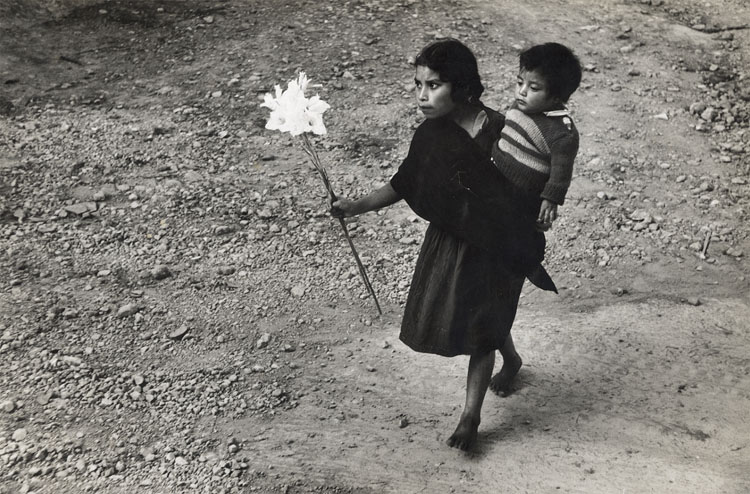
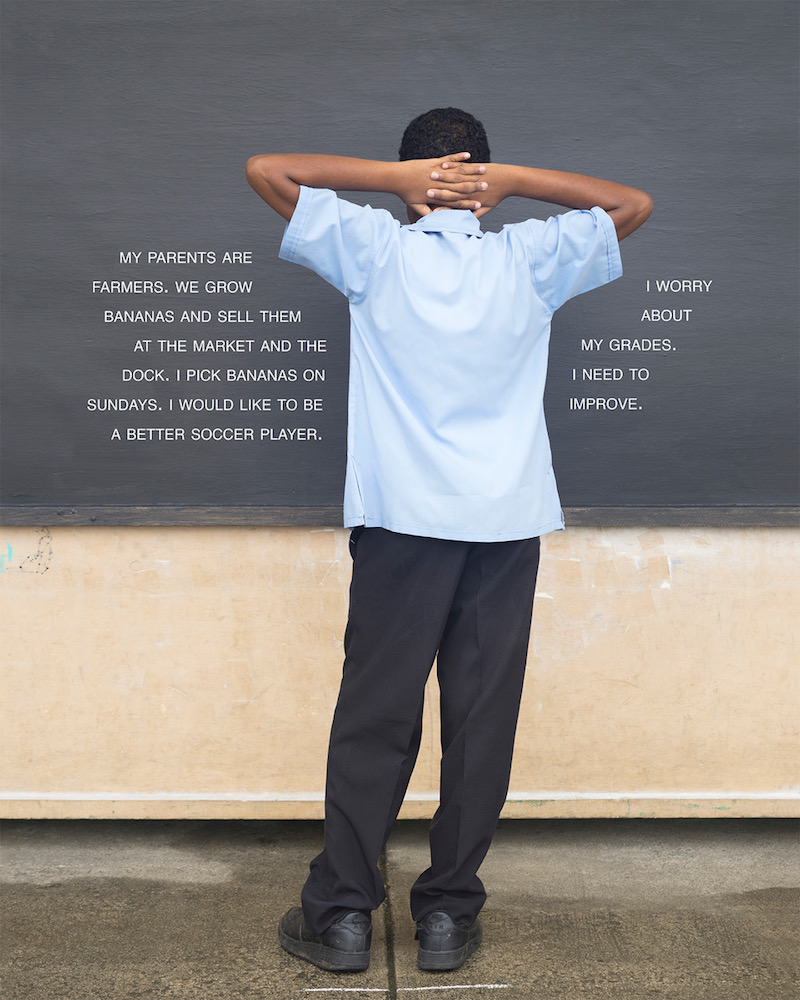



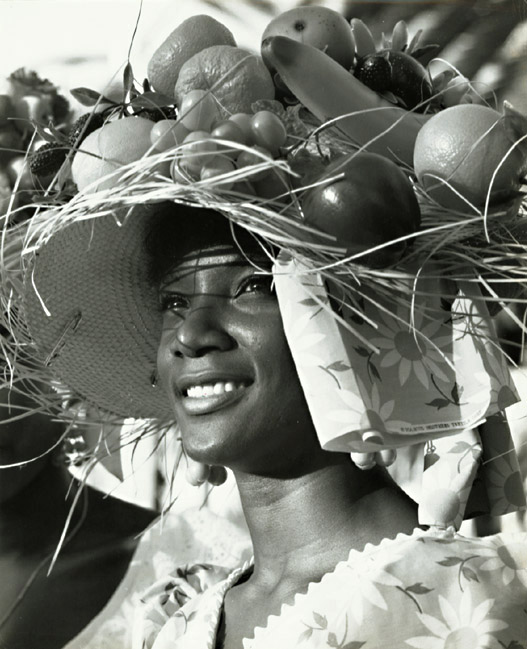
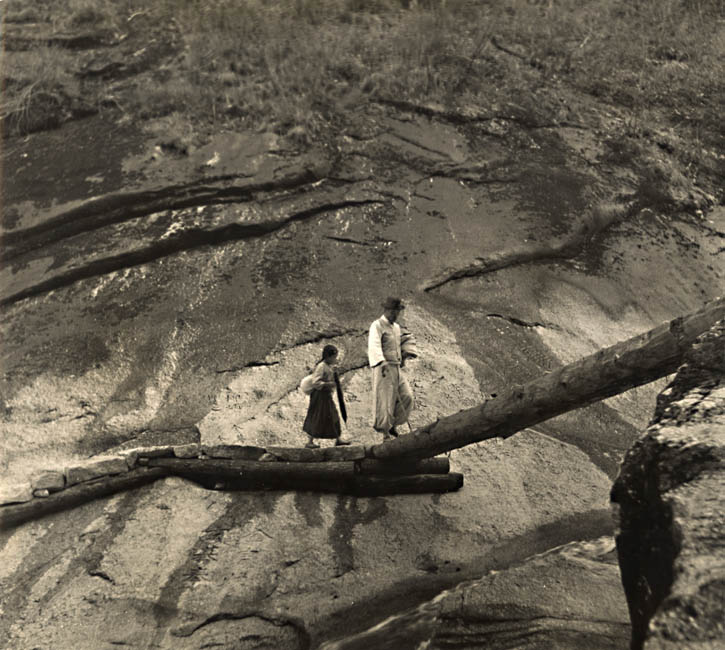

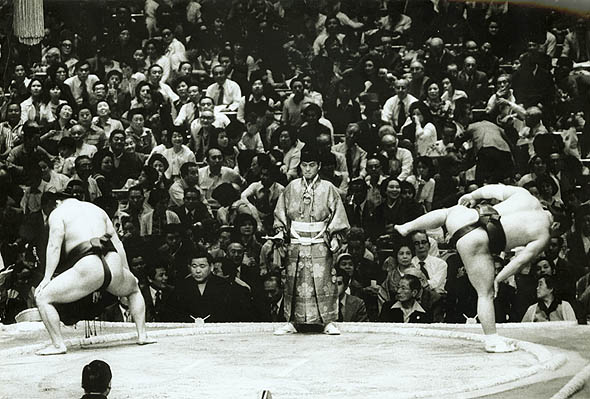


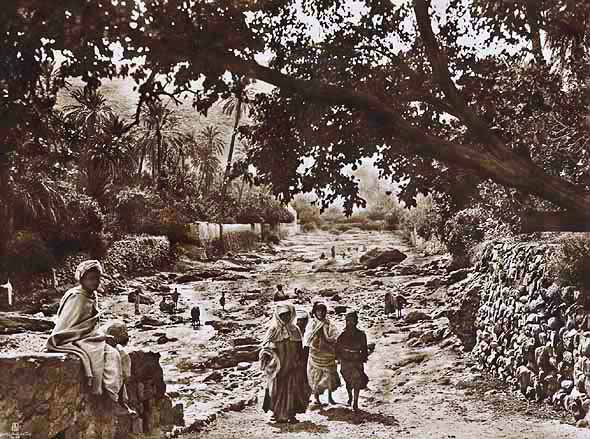
Share This